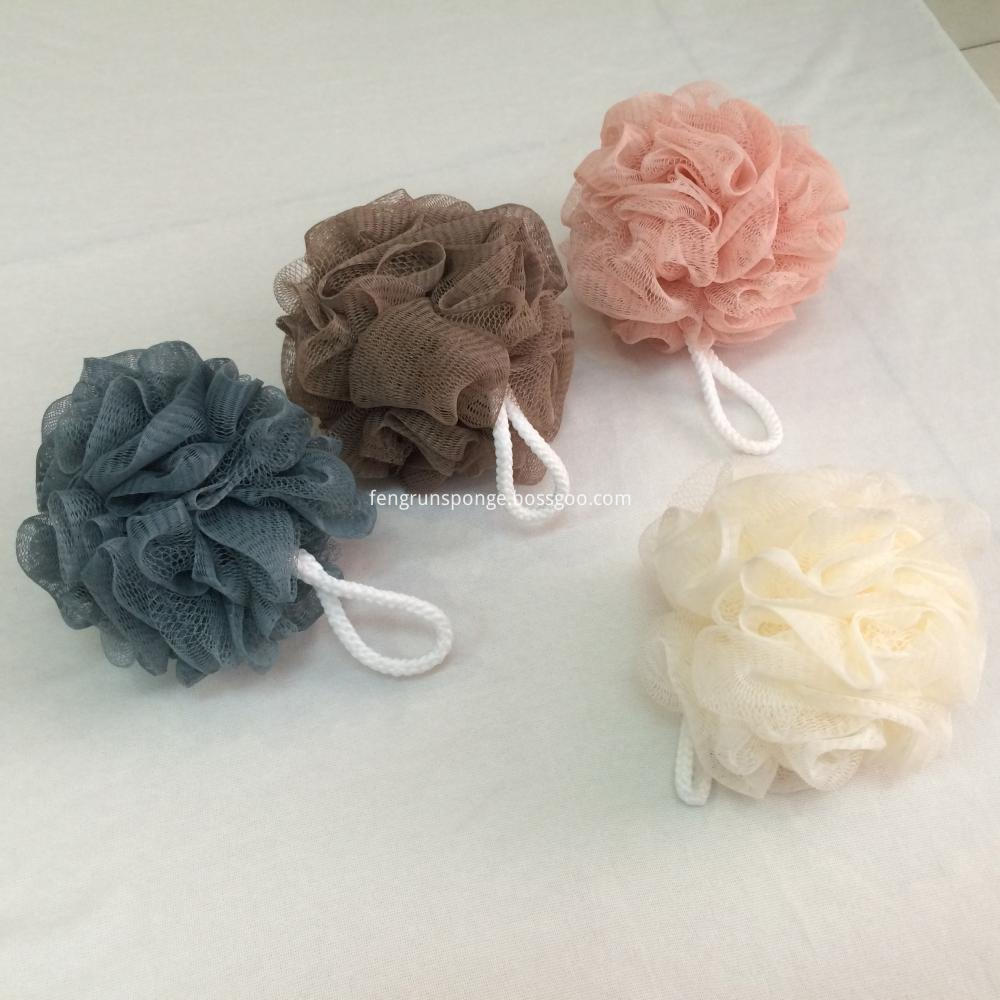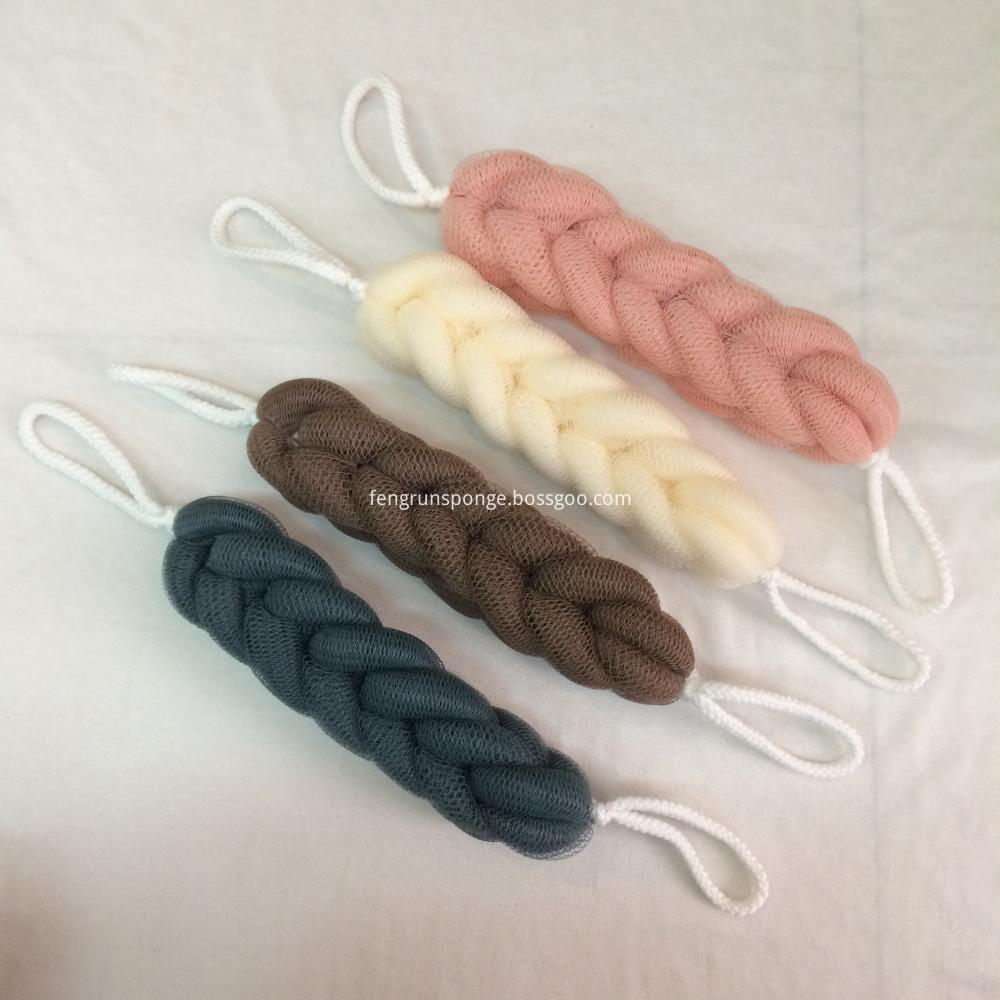New development of chromatographic column technology
In recent years, in order to adapt to the progress of science and the development of industrial technology, chromatographic column technology has also made significant progress. On the one hand, the existing chromatographic technology has been able to meet the current demand for chromatographic columns in various fields; on the other hand, the improvement and improvement of chromatographic column technology is still ongoing. In addition to the special requirements for biochemical separation, the development of new drugs and genomic research has also put forward requirements for high efficiency, high selectivity and rapid detection of chromatographic columns. Especially with the vigorous development of combinatorial chemistry and proteomics, the requirements for multi-channel rapid separation analysis have been enhanced. Therefore, micro liquid chromatography columns, chip chromatography columns and even microchip full chromatographic analysis systems have become another hot spot in chromatography technology. In addition, capillary electrochromatography, which combines multimodal separation of chromatography with capillary electrophoresis, also requires a special microchromatography column system. It seems that we can say that the future development of liquid chromatography will be characterized by polarized development. Facing the preparative chromatography system in the biological high-tech industry and the pharmaceutical industry, it is necessary to develop simple, high-efficiency, high-speed, low-cost chromatographic column packing and preparative chromatography columns; High-throughput, rapid analysis systems will develop in the direction of miniaturization.
1. Tubular chromatography packing
Perfusion chromatography (perfusion chromatography) is a new method of chromatographic separation developed from the late 1980s to the early 1990s. On this kind of filler, there are normal micropores or macropores, such as 50-150nm micropores, and there are ultra-large pores with a pore size of about 600-800nm ​​that penetrate the entire particle. This large through-hole can allow the mobile phase to directly enter and pass through the filler particles. In this way, it is equivalent to greatly reducing the diameter of the filler particles, that is, the filler is divided into many finer particles with through holes, and the micropores on such small particles are too short to constitute a significant resistance to the mass transfer process. Therefore, the mass transfer resistance has been very small on this kind of cross-flow chromatography packing. At the same time, the linear velocity of the mobile phase in the through hole is proportional to the velocity of the mobile phase in the column, that is, the mass transfer process has changed from diffusion mass transfer to convective mass transfer. This means that within a certain range, increasing the speed of the mobile phase in a timely manner will not reduce the separation efficiency of the column. Since there is also a usual porous structure on the filler, its specific surface area does not decrease significantly with the appearance of through-holes. Therefore, the sample loading on this packing does not decrease with increasing flow rate. Furthermore, the 600-800nm ​​through holes in the packing greatly increase the permeability of the column, so that even if the column is operated at a high flow rate, its operating pressure does not need to be high. Therefore, such a cross-flow chromatography column can simultaneously have the characteristics of high flow rate, high efficiency, high sample load and low operating pressure.
Second, graphitized carbon filler
Silica gel has poor chemical stability and can only work in an environment with pH = 2 ~ 8. However, in many cases, extreme pH conditions need to be used. To this end, people have vigorously developed matrix materials such as polymer microspheres, alumina, zirconia and other chemical stability. However, it is difficult to have a material that can fully meet the requirements of liquid chromatography matrix. For example, polymer microspheres will swell in organic solvents, so it is difficult to apply to the gradient elution with a mobile phase containing organic solvents; alumina and zirconia have better chemical stability than silica gel. But its surface modification and bonding are more difficult. Therefore, carbon materials with good chemical stability are naturally considered as the matrix of chromatographic packing.
Carbon materials have excellent chemical stability and can withstand a wide range of pH = 1 ~ 14; high temperature resistance, graphitized carbon can withstand high temperatures above 3000 ℃ without damage; properly processed carbon materials can have very high Good mechanical strength, with excellent electrical conductivity, thermal conductivity and electromagnetic shielding properties. Even more commendable is that porous carbon materials have good adsorption and selectivity due to their structural characteristics. It is these characteristics of carbon materials that make people expect it to have special applications in the field of chromatography.
Third, the overall column
Monolithic column, also known as monolithic stationary phase, rod, continuous bed, etc., is a continuous monolithic porous structure that is polymerized or fixed in situ in the column tube. The surface of the whole material needs to be derivatized accordingly. It is a new type of porous medium used for separation and analysis or as a reactor. By controlling the polymerization conditions, a monolithic column with an ideal pore size distribution is obtained. The space in the monolithic column consists of the pores in the polymer particles and the gaps between the particles, and the separation occurs when the sample flows through the pore structure. Can reduce the path difference and vertical expansion.
The advantages of the monolithic column include: it can be prepared in situ, eliminating the need to prepare packing and packing, or it can be made into polymer particles by the same method and then packed into the column; the polymer is easy to prepare, and the length and diameter of the column are not limited to a certain extent; polymerization The monomers in the reaction mixture can be flexibly selected to obtain suitable substrates and properties; it is easy to derivatize the column to obtain a chromatographic column with suitable properties; and the properties of the pores can be optimized by controlling the conditions of the polymerization reaction.
We are a manufaturer of Bath Cleaning Products in JiangMen City, GuangDong Province. We have 40 sets machines and a good team. The products that we made are mesh ball, Long Bath Sponge, Bath Brush, Bath Belt and all of them are safety material. They can clean your skin, reduce grease and dirt, keep skin clean and comfortable. easy to make bubbles . You will feel relax when u use them. Any items that u are interested in, welcome to contact us! We will be at your service at all time.



Mesh Bath Sponge Series,Bath Mesh Cleaning Products,Long Bath Sponge,Loofah Bath Sponge, Bathroom Bath Sponge,Luffa Bath Sponge
FengRun Commodity Co.,Ltd. , https://www.sponges.nl